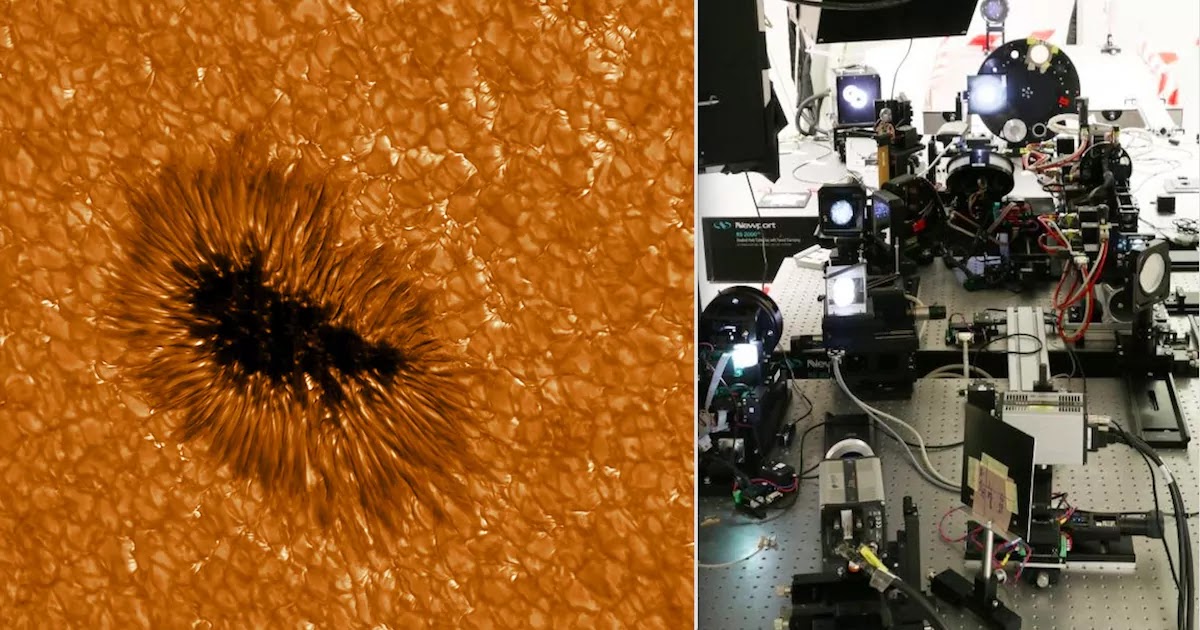
Amazing new images have been published of the surface of the Sun, believed to be among the most detailed ever captured. They were taken by the GREGOR telescope, the largest solar telescope in Europe, and are absolutely mind-blowing.
Appearing in Astronomy & Astrophysics journal, the telescope was able to clearly capture details as small as 50kms in diameter and showed the cell like structure of the Sun's surface in extraordinary detail. The images captured are said to be the equivalent of observing a needle on a soccer-filed at high-resolution from a distance of 1km.
The GREGOR telescope on the Spanish islands of Tenerife had been specially updated and improved for the purpose of peering into our solar system's star and we can certainly say it was worth it from the results produced.

*KIS
Dr. Lucia Kleint, one of the leaders of the project, said in a statement:
"This was a very exciting, but also extremely challenging project. In only one year we completely redesigned the optics, mechanics, and electronics to achieve the best possible image quality."

*KIS
While Dr. Svetlana Berdyugina, professor at the Albert-Ludwig University of Freiburg added:
"The project was rather risky because such telescope upgrades usually take years, but the great team work and meticulous planning have led to this success. Now we have a powerful instrument to solve puzzles on the Sun."
It is said that each of the cells captured on the surface of the Sun are equivalent to the size of Texas, showing just how huge the celestial body is.
The telescope team revealed that it was in part due to lockdown that they were able to make the breakthroughs necessary to improve the telescope to a level that was able to capture the images in as clear a fashion as they did. The team found themselves stranded on the island as the world locked down and it was then, with nothing else to be getting on with, that they worked out that by substituting two optical elements within the telescope that a much clearer image could be generated.
Such a breakthrough is now likely to be able to allow the team to further investigate the Sun's behaviour and evolution, including Sun-spot evolution, the structure of solar plasma and how the Sun's magnetic field operates.













COMMENTS